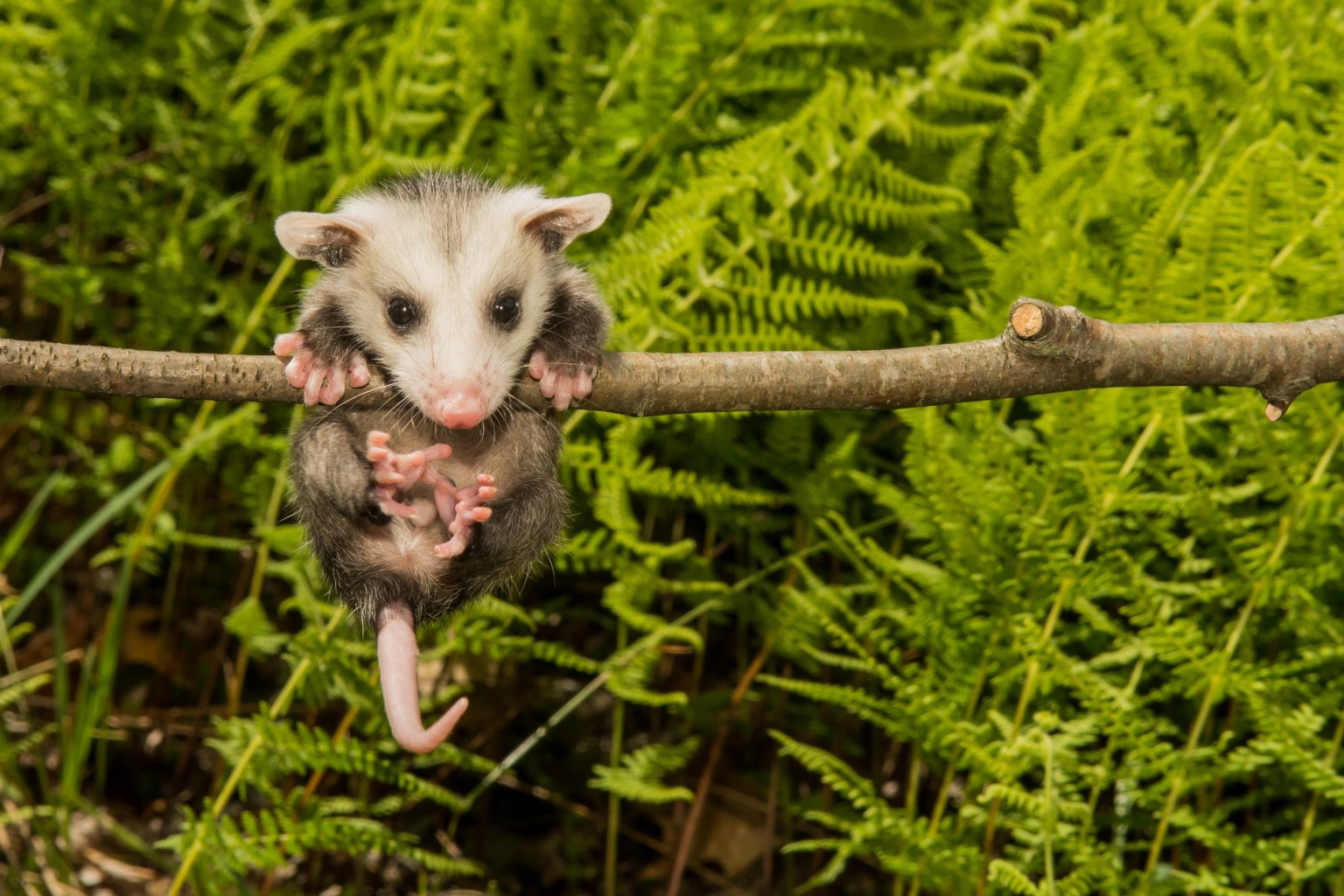A new study has found that the virus responsible for the COVID-19 pandemic, SARS-CoV-2, has been detected in wildlife, specifically in six common backyard species in Virginia. Genetic analysis confirmed that these animals harbored unique viral mutations closely related to human variants circulating during the study period. The highest exposure to SARS-CoV-2 was found in animals near hiking trails and high-traffic public areas, suggesting human-to-wildlife transmission may have occurred. The study, published in Nature Communications, highlights the importance of monitoring wildlife for novel mutations in the virus that could pose risks for vaccine development.
Investigators tested animals from 23 common Virginia species for active infections and antibodies indicating previous infections, finding signs of the virus in deer mice, Virginia opossums, raccoons, groundhogs, Eastern cottontail rabbits, and Eastern red bats. While there is no evidence of the virus being transmitted from animals to humans, researchers caution that the virus can jump from humans to wildlife through contact, potentially leading to the adaptation and mutation of the virus to thrive in new hosts. This study builds on previous findings of SARS-CoV-2 infections in wildlife, expanding the understanding of virus transmission to and among wildlife, particularly in areas with high human activity.
The research team collected nasal and oral swabs from animals in Virginia, as well as blood samples from six species, to study the presence of the virus in sites with varying levels of human activity. They identified the same viral variant in two mice at the same site on the same day, indicating potential transmission from a common human source. Possible sources of transmission from humans to animals include wastewater, trash receptacles, and discarded food. The ubiquity of the virus in common backyard animals suggests that these species may be exposed to the virus in other regions as well, emphasizing the need for expanded surveillance across a broader geographic area.
While the study was conducted in Virginia, many of the species that tested positive for the virus are widespread across North America, indicating the potential for exposure in other regions. The researchers stress the need for continued surveillance for mutations in SARS-CoV-2 and further research on the transmission of the virus from humans to wildlife. As the virus is indifferent to the host species, its primary objective is survival, and mutations that do not provide a survival advantage will eventually disappear. This research underscores the interconnectedness of human and wildlife health and the importance of monitoring wildlife for potential risks associated with novel virus mutations.








